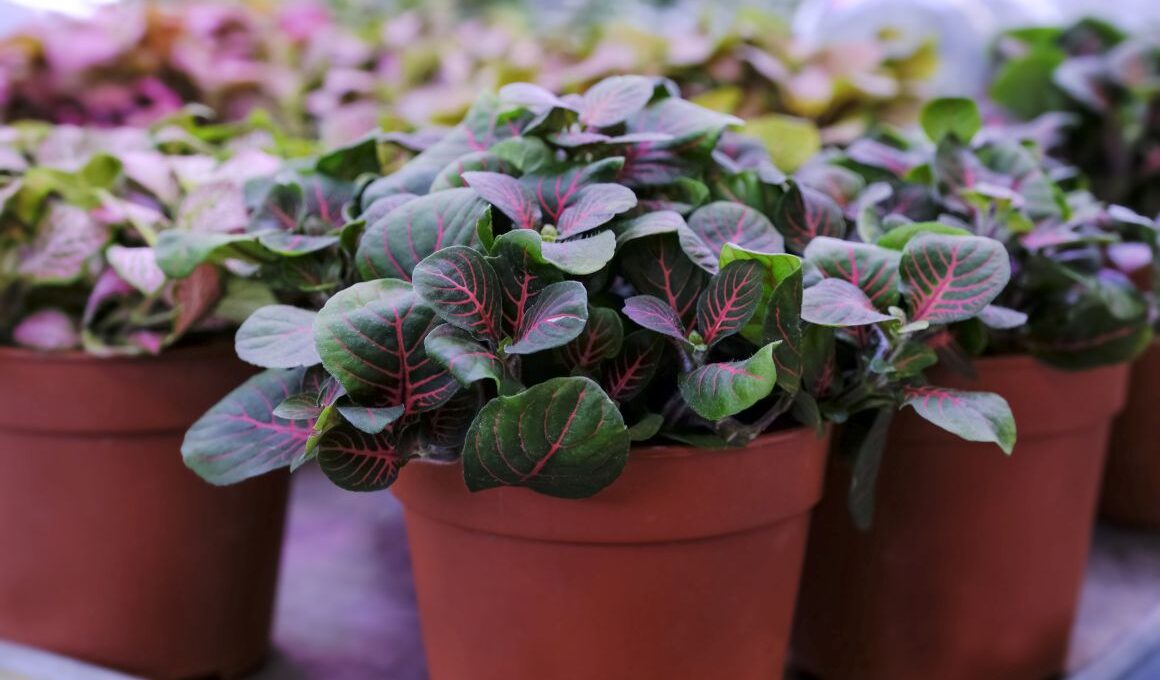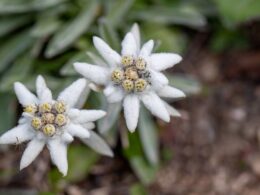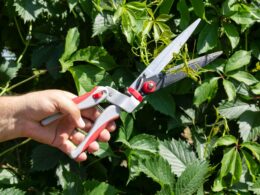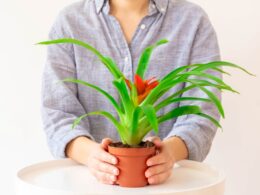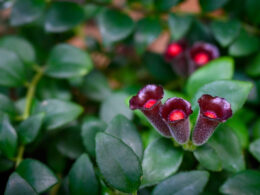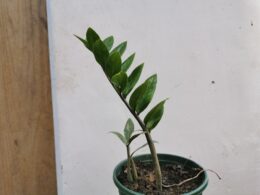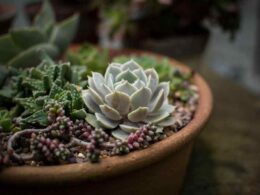In this article, we will discuss everything you need to know about keeping your Fittonia healthy and happy. We’ll cover everything from watering to fertilizing, so you can ensure that your mosaic plant thrives for years to come!
Light Guidelines for Nerve Plants
Nerve plants are typically found in shaded areas in their natural habitats. However, they can adapt to a range of light conditions, from low light to bright indirect light. When grown indoors, nerve plants should be placed in an east or west-facing window. If the plant starts to stretch or turn yellow, it is getting too much light and should be moved to a shadier location. Nerve plants prefer moist soil, so it is important to water regularly, especially during the warmer months. Allow the top layer of soil to dry out before watering again. Overwatering can lead to root rot, so it is important to err on the side of too little rather than too much water. With proper nerve plant care, these green buddies can make a beautiful addition to any indoor space!
Humidity and Temperature for Nerve Plant Care
Nerve plants do well in most humidity levels, but prefer high humidity levels. In the winter, when the air is drier, it is a good idea to mist the leaves regularly or place the plant on a pebble tray. Nerve plants prefer temperatures between 60 and 80 degrees Fahrenheit. If the temperature drops below 50 degrees, the leaves may start to turn brown and drop off. In very warm conditions, nerve plants may produce fewer leaves.
Soil for Your Fittonia Houseplant
Nerve plants are a genus of tropical evergreen perennials that are native to Central and South America. The plants are characterized by their distinctive leaves, which are often brightly colored and have a nervy or ribbed appearance. Nerve plants typically require moist, humus-rich soils that are well-drained. They also prefer sheltered positions in partial shade. If the soil is too dry, the leaves will begin to wilt and the plant may go into dormancy. Conversely, if the soil is too wet, the roots will rot and the plant will die. For best results, nerve plants should be grown in a mixture of equal parts potting soil, peat moss, and perlite.
Watering Tips
Nerve plants are a type of flowering plant that gets its name from the vein or nerve-like pattern of its leaves. These plants are native to Central and South America, and they’re known for their ability to thrive in wet conditions. When watering nerve plants, it’s important to keep the soil moist but not soggy. These plants prefer high humidity, so you may need to mist the leaves regularly. Nerve plants also benefit from being grown in a terrarium or other enclosed environment. If you notice the leaves start to brown or wilt, this is a sign that the plant is not getting enough water. Brown leaves should be trimmed away, and the plant should be watered more frequently.
Pests and Nerve Plant Problems
Nerve plants are beautiful, low-maintenance houseplants that are perfect for beginner gardeners. However, they are not immune to pests and problems. One common issue is root rot, which can be caused by overwatering or poor drainage. If the roots of a nerve plant start to rot, the plant will quickly become limp and discolored. Another problem that can affect nerve plants is mealybugs. These tiny pests suck the sap out of the plant, causing it to become weakened and stressed. Mealybugs can be difficult to control, so it’s important to catch them early. With some tender nerve plant care and attention, these beauties will thrive in any home.
Fertilizers
Nerve plants should be fertilized every two or three weeks with a balanced liquid fertilizer. Fertilize more often if this tropical plant is growing rapidly or producing new leaves. Over-fertilization can cause leaf burn, so it is important to follow the directions on the fertilizer package. If you are not sure how often to fertilize, it is better to err on the side of too little rather than too much. Prune your fittonia using your fingers, i.e. simply pinch the tops!
Fittonia Verschafeltii Propagation
The nerve plant, or fittonia, is a beautiful and easy-to-care-for houseplant that is perfect for beginners. While it can be propagated from seed, the easiest way to produce new plants is by top cuttings. To do this, simply take a sharp knife or a pair of scissors and make a clean cut. Next, place the cutting in a jar or glass of water and wait for it to develop roots. Once the roots are about an inch long, you can pot the plant in some well-draining potting mix. Water regularly and provide bright, indirect light, and soon you will have a new nerve plant to enjoy.
Repotting Fittonia. Yes or No?
Many houseplants benefit from being repotted every one to two years, but nerve plants are an exception. These low-growing tropical perennials do best in tight, cramped quarters. When they outgrow their pot, it’s usually because the potting mix has degraded and no longer drains well. If your nerve plant is wilting even though you’re watering it regularly, try repotting it using fresh potting mix. If the roots are very crowded, you can divide the plant at the same time. You may also need to trim the stems and leaves to keep the plant from becoming too large for its pot. Don’t be afraid to give your nerve plant a little neglect, as it will actually do better if it’s a little pot-bound.
Nerve Plant Care. Time to Wrap It up
If you follow these nerve plant care tips, your fittonia will thrive for years to come! With their beautiful foliage and vibrant colors, they make a stunning addition to any indoor space. Thanks for reading! We hope this article was helpful. Feel free to share it with your friends and family who are also looking for nerve plant care tips. Until next time, happy gardening!





